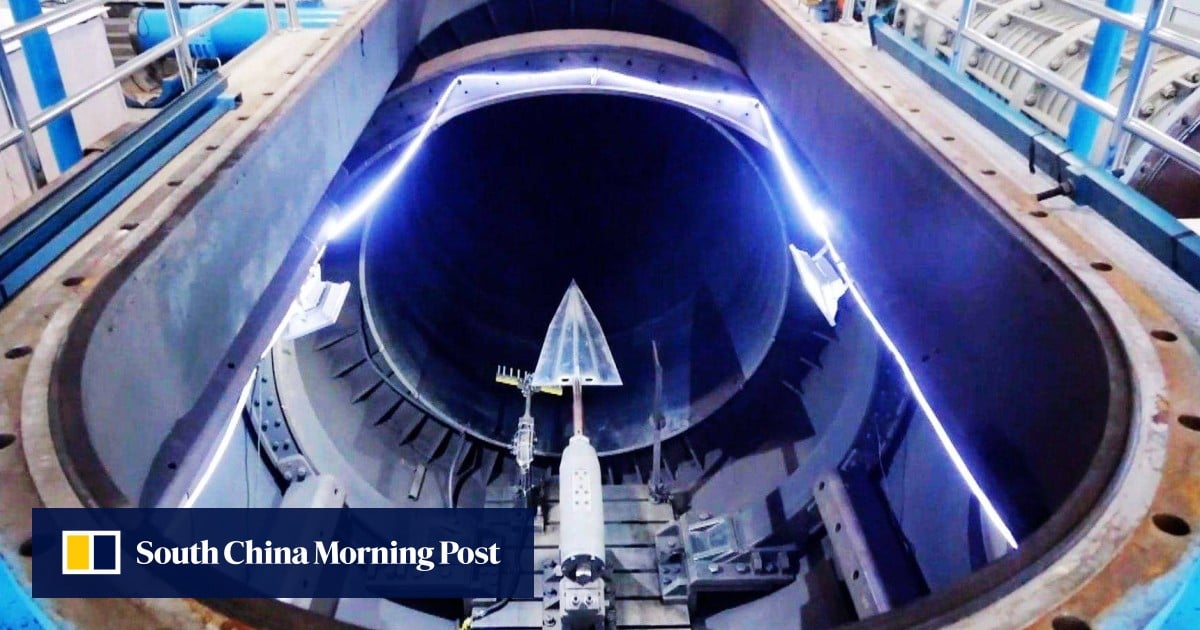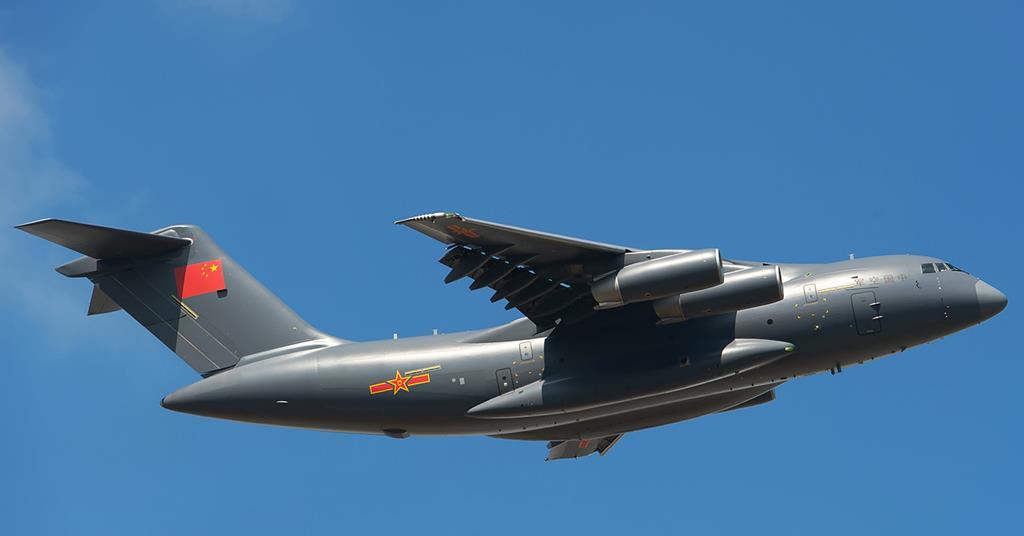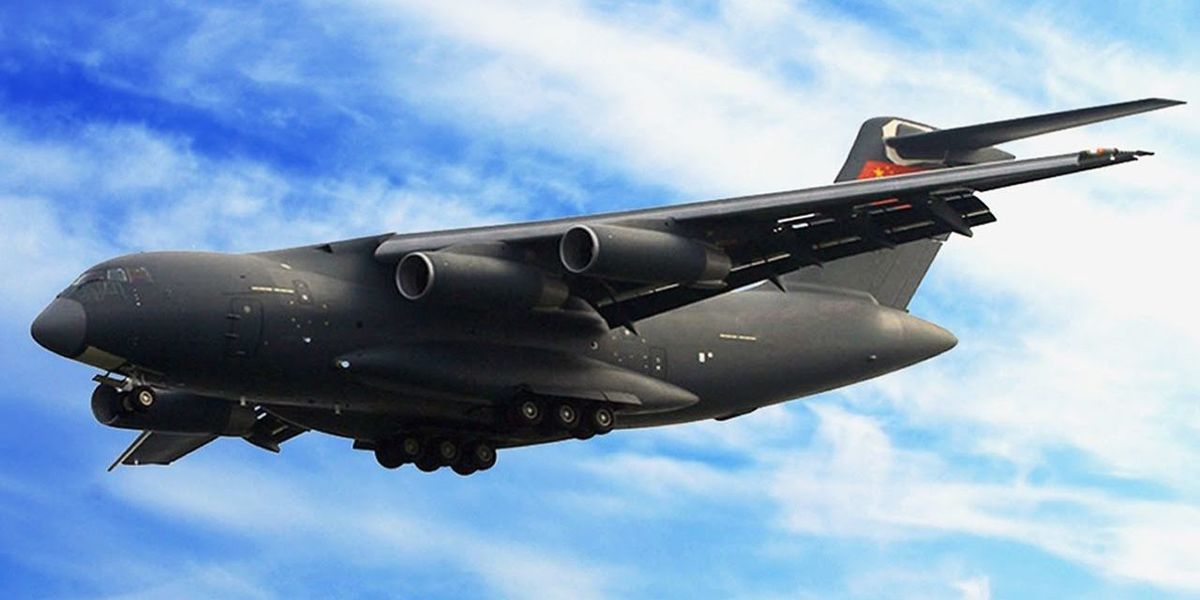As ngatimozart previously mentioned, a Chinese aim is also probably to establish a regular pattern in order to lull the Taiwanese into a false sense of security, until such a time when an actual conflict occurs.
After a while constantly having to launch fighters will take a toll on Taiwan. The question is how does it respond should the Chinese increase the tempo?
1. Current Chinese strategy is what David Kilcullen calls liminal warfare. Others have used the “little green men” expression — they have plans for undermining a sovereign nation without firing a shot — the Russians are doing it through intimidation, spawning social or nationalistic unrest, capitalizing on social-media and utilizing the new domains of cyber and space in coordinated attacks that occur under the threshold of war. Likewise, Chinese efforts will involve intimidation, capitalizing on social-media and utilizing the new domains of cyber and space in coordinated attacks.
2. The ADIZ is not the same as Taiwan’s territorial airspace but includes a far greater area that overlaps with part of China’s own ADIZ and even includes some of the mainland. Due to the PLA’s intensification of sea and air drills in the southwestern corner of Taiwan’s ADIZ, the Pratas Islands (Dongsha Islands, 東沙島) are under severe threat from China’s military. Taiwan’s Ministry of National Defense has responded by garrisoning the Marine Corps on the Pratas Islands, ostensibly to conduct off-shore training, but in reality to bolster its defences. In 2020, a record 380 Chinese military jets made incursions into Taiwan’s defence zone. The number as of Oct 2021, has already exceeded 600.
(b) As I wrote in
6 detailed posts another thread, China has already begun a process of coercion, and as that continues, the next actions they take may not — and I think likely would not — be an all outright invasion of Taiwan. It might include anything from a blockade to increased cyber harassment, to seizure of the islands in between China and Taiwan.
(c) Michael Mazarr, a former National War College, professor and special assistant to the JCS chair now at the RAND Corporation said: “They could take some of those actions and kind of flip the deterrence script by taking a partial action and then attempting to deter us from responding or escalating.”
3. At the same time, PLA Taiwan invasion preparations are accelerating. Mainly with the integration of civilian sea and air transport assets, and more aggressive exercises and probes. Large civilian 15,000 to 30,000 ton Roll-On-Roll-Off ferries were previously assessed to be charged with transporting the bulk of PLA armored and mechanized units to captured Taiwan ports. Now they could be equipped with special ramps to join large PLA Navy amphibious assault ships to launch amphibious armored vehicles into the water. This could triple the number of amphibious armored vehicles that can be launched against Taiwan beaches.
4. Looking back at history, pior to the start of WWII, the French did not just built the maginot line and called it a day. The French military expenditures as well as the equipment and formations they bought and created showed that they were still planning to fight a war. Like the French, the current Taiwanese equipment is not bad either. What is wrong is the mindset. That is leading Taiwanese war planning in wrong direction.
5. Like the French, Taiwan plans to meet the enemy with their troops in their modern maginot line. Where the Taiwanese failed to see what kind of tactics were possible by all the new PLA weapons systems and technologies which emerged. And this will break their back during their fighting retrograde, from the PLA seeking to break-out of the beachhead. Taiwan News highlighted the “exciting new developments” of Taiwan’s recent armaments, which I see as doing the minimum (in the hopes that the Americans and Japanese do not notice the lack of effort and focus). IMO, a Chinese attack on Taiwan might possess certain key characteristics:
(a) a crippling first strike, occurring without warning signs or suddenly escalating when least expected. China’s objective would be to impose a political settlement before the US and Japan could effectively intervene;
(b) mass cyberattacks would target Taiwanese C4I Systems. Activation of cells of Chinese agents embedded within Taiwanese society to engage in acts of assassination, disinformation, or sabotage; and
(c) thousands of follow-on SRBM strikes (after the 1st strike), to last over 42 days, used for facilitating Chinese air operations over the Strait and Taiwan. Chinese air control would likely be viewed as a key prerequisite for a successful naval and amphibious campaign.






